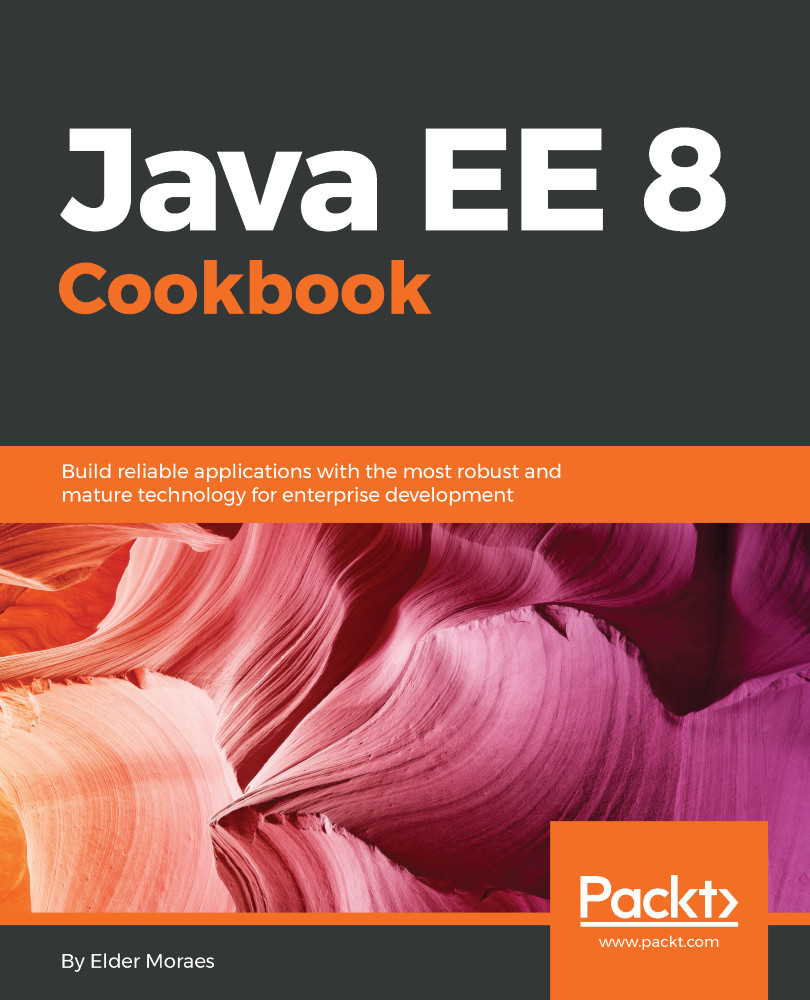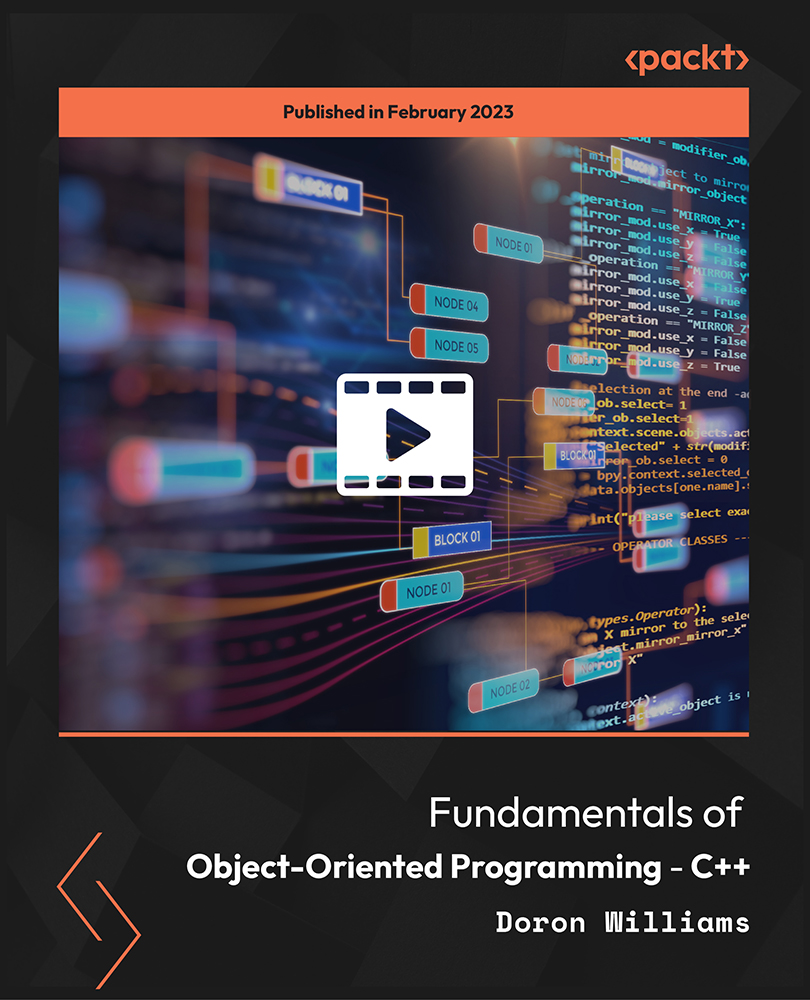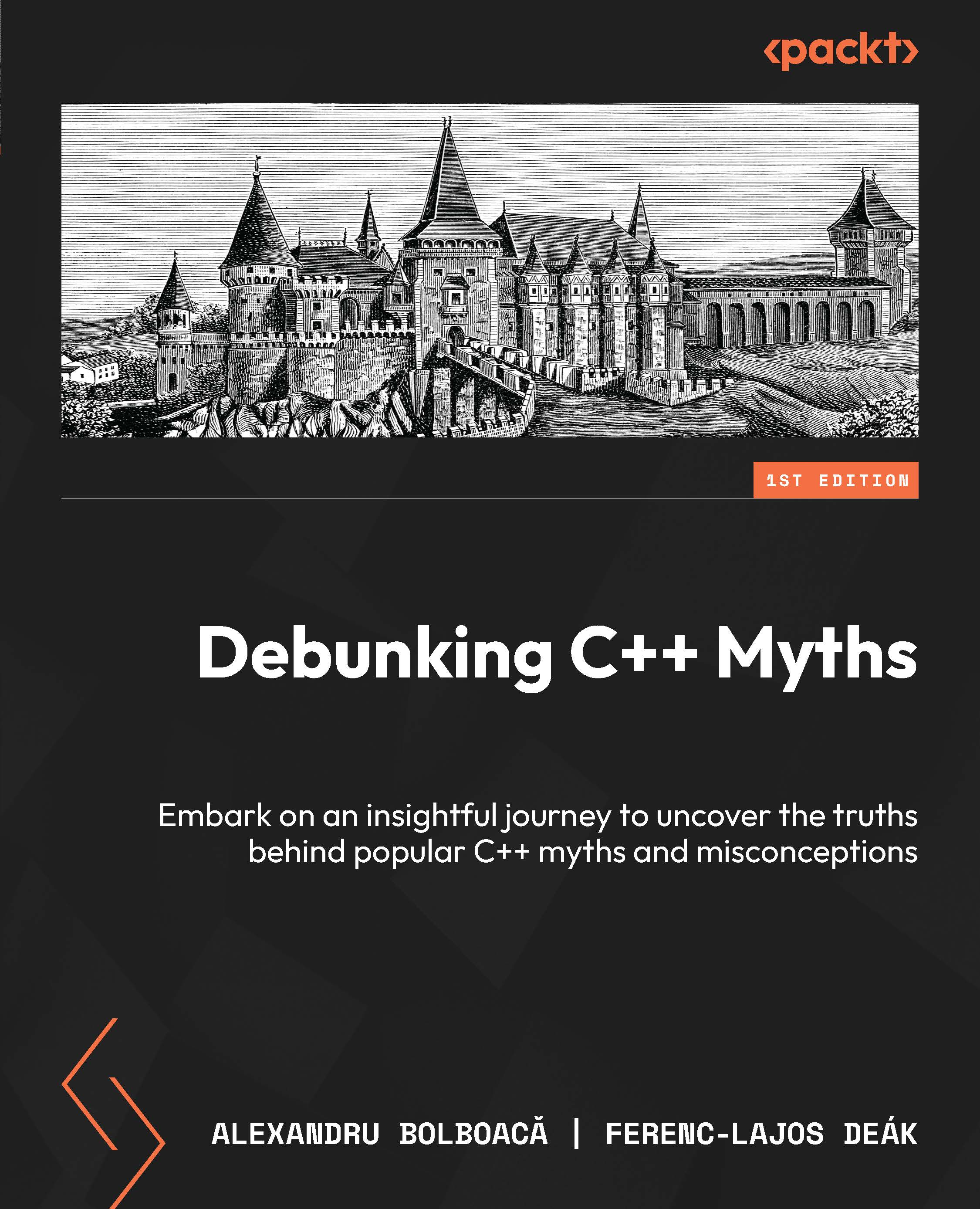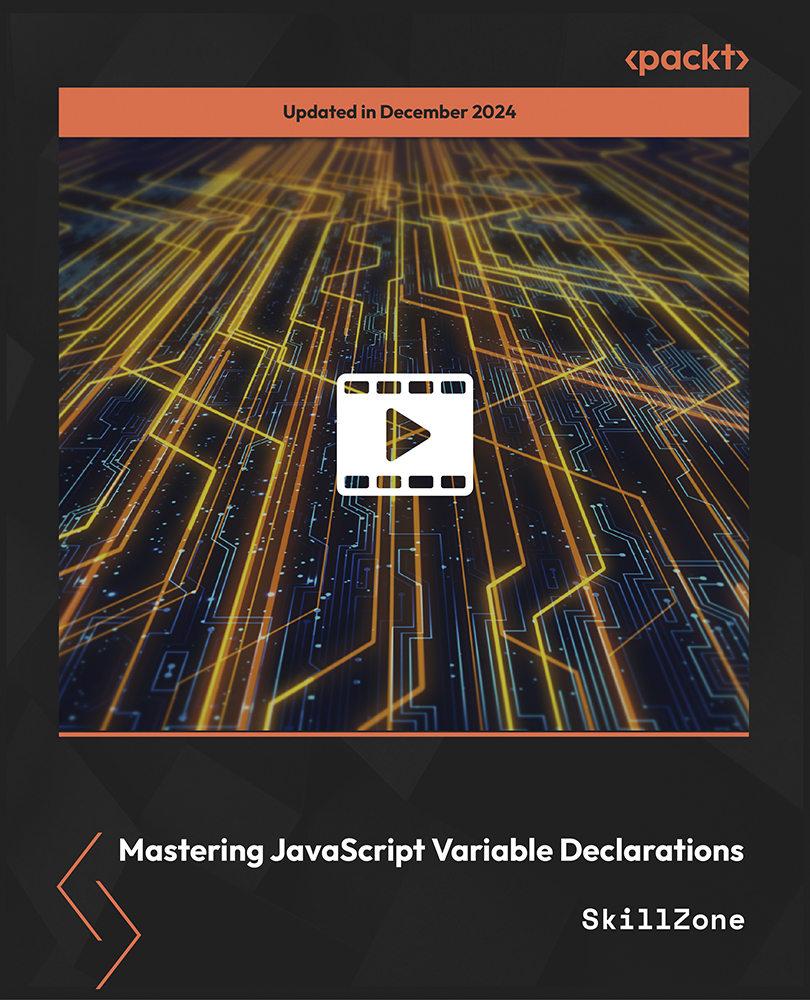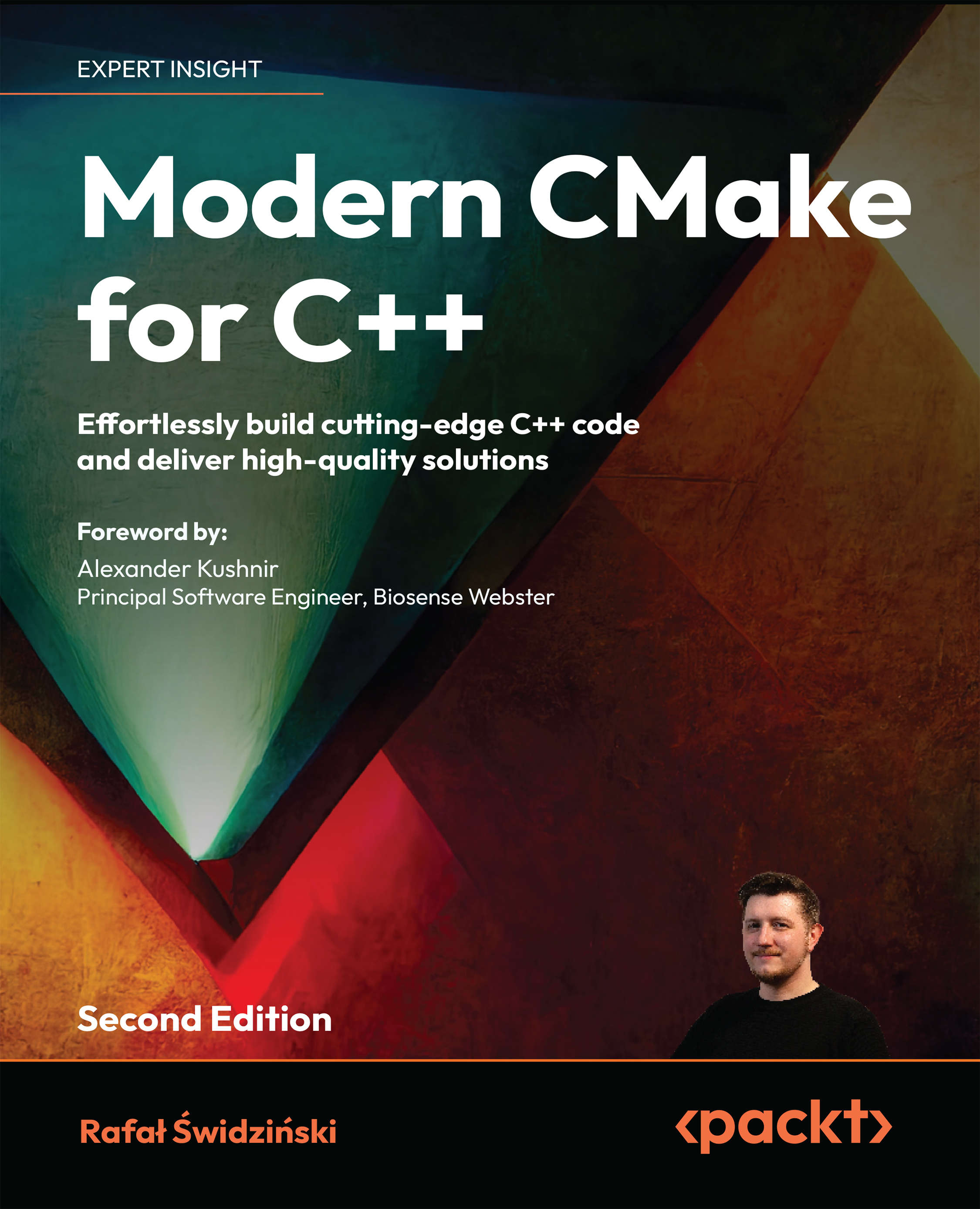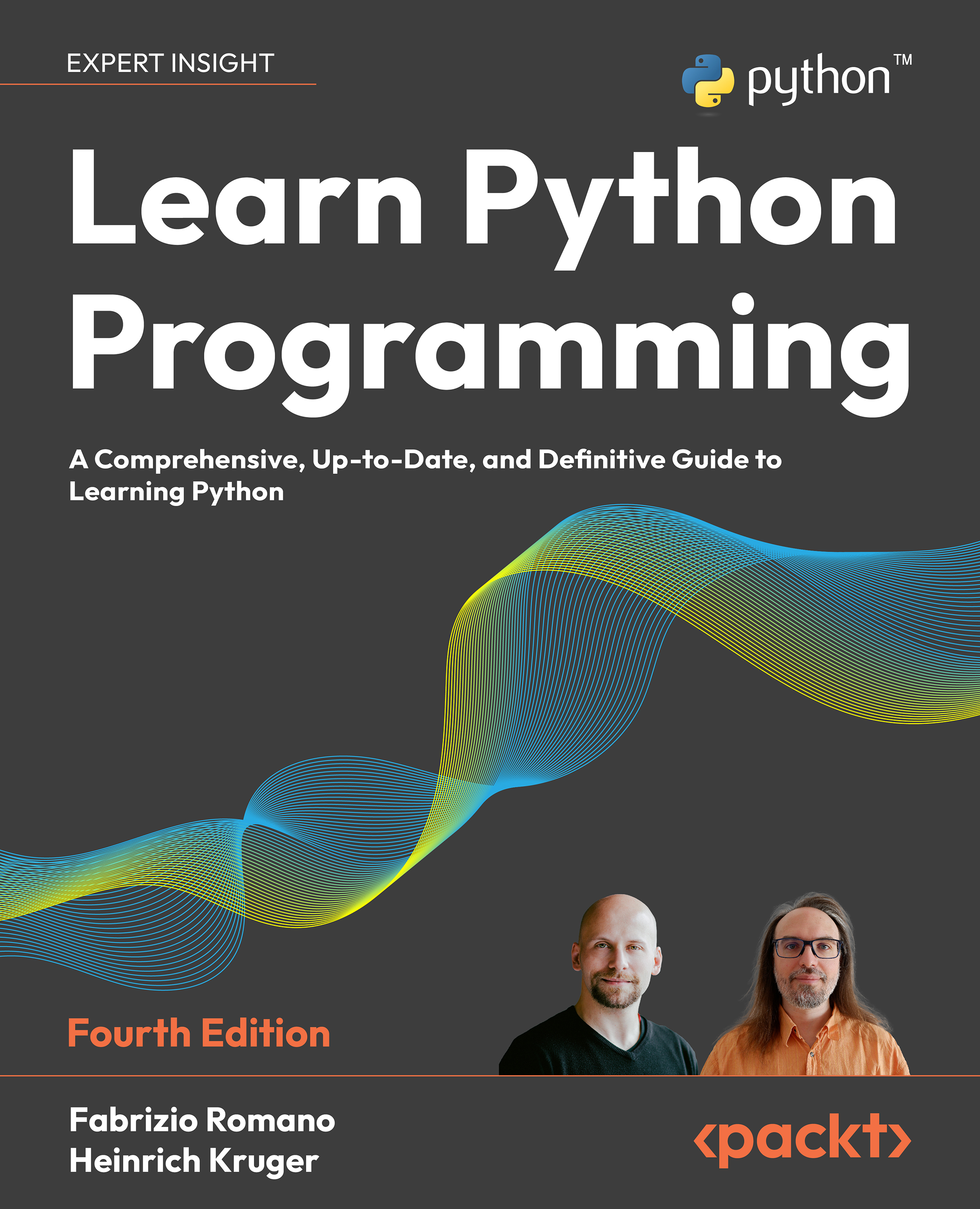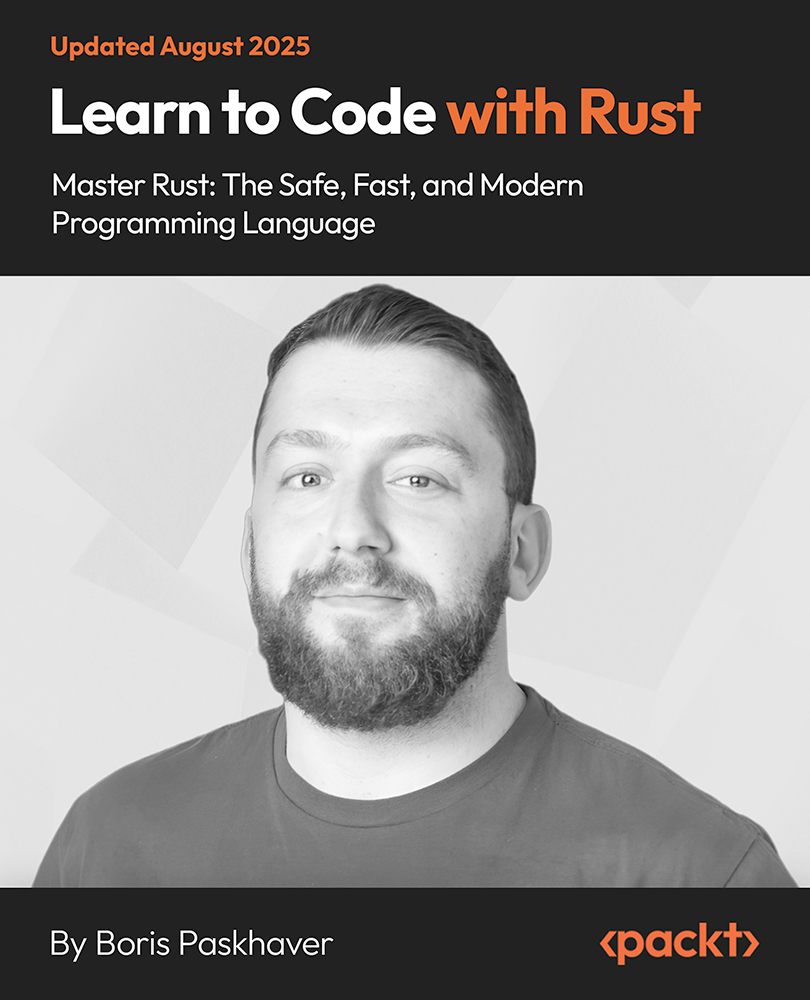- We first create a User entity:
@Entity
public class User implements Serializable{
@Id
private Long id;
private String name;
private String email;
public User(){
}
public User(Long id, String name, String email) {
this.id = id;
this.name = name;
this.email = email;
}
//DON'T FORGET THE GETTERS AND SETTERS
//THIS RECIPE WON'T WORK WITHOUT THEM
}
- Here, we create a class to store our security roles:
public class Roles {
public static final String ADMIN = "ADMIN";
public static final String OPERATOR = "OPERATOR";
}
- Then, we create a stateful bean to manage our user operations:
@Stateful
public class UserBean {
@PersistenceContext(unitName = "ch01-security-pu",
type = PersistenceContextType.EXTENDED)
private EntityManager em;
@RolesAllowed({Roles.ADMIN, Roles.OPERATOR})
public void add(User user){
em.persist(user);
}
@RolesAllowed({Roles.ADMIN})
public void remove(User user){
em.remove(user);
}
@RolesAllowed({Roles.ADMIN})
public void update(User user){
em.merge(user);
}
@PermitAll
public List<User> get(){
Query q = em.createQuery("SELECT u FROM User as u ");
return q.getResultList();
}
- Now, we need to create an executor for each role:
public class RoleExecutor {
public interface Executable {
void execute() throws Exception;
}
@Stateless
@RunAs(Roles.ADMIN)
public static class AdminExecutor {
public void run(Executable executable) throws Exception {
executable.execute();
}
}
@Stateless
@RunAs(Roles.OPERATOR)
public static class OperatorExecutor {
public void run(Executable executable) throws Exception {
executable.execute();
}
}
}
- And finally, we create a test class to try our security rules.
Our code uses three test methods: asAdmin(), asOperator(), and asAnonymous().
- First, it tests asAdmin():
//Lot of setup code before this point
@Test
public void asAdmin() throws Exception {
adminExecutor.run(() -> {
userBean.add(new User(1L, "user1", "user1@user.com"));
userBean.add(new User(2L, "user2", "user2@user.com"));
userBean.add(new User(3L, "user3", "user3@user.com"));
userBean.add(new User(4L, "user4", "user4@user.com"));
List<User> list = userBean.get();
list.forEach((user) -> {
userBean.remove(user);
});
Assert.assertEquals("userBean.get()", 0,
userBean.get().size());
});
}
- Then it tests asOperator():
@Test
public void asOperator() throws Exception {
operatorExecutor.run(() -> {
userBean.add(new User(1L, "user1", "user1@user.com"));
userBean.add(new User(2L, "user2", "user2@user.com"));
userBean.add(new User(3L, "user3", "user3@user.com"));
userBean.add(new User(4L, "user4", "user4@user.com"));
List<User> list = userBean.get();
list.forEach((user) -> {
try {
userBean.remove(user);
Assert.fail("Operator was able to remove user " +
user.getName());
} catch (EJBAccessException e) {
}
});
Assert.assertEquals("userBean.get()", 4,
userBean.get().size());
});
}
- And, finally it tests asAnonymous():
@Test
public void asAnonymous() {
try {
userBean.add(new User(1L, "elder",
"elder@eldermoraes.com"));
Assert.fail("Anonymous user should not add users");
} catch (EJBAccessException e) {
}
try {
userBean.remove(new User(1L, "elder",
"elder@eldermoraes.com"));
Assert.fail("Anonymous user should not remove users");
} catch (EJBAccessException e) {
}
try {
userBean.get();
} catch (EJBAccessException e) {
Assert.fail("Everyone can list users");
}
}
This class is huge! For the full source code, check the link at the end of the recipe.
 United States
United States
 Great Britain
Great Britain
 India
India
 Germany
Germany
 France
France
 Canada
Canada
 Russia
Russia
 Spain
Spain
 Brazil
Brazil
 Australia
Australia
 Singapore
Singapore
 Canary Islands
Canary Islands
 Hungary
Hungary
 Ukraine
Ukraine
 Luxembourg
Luxembourg
 Estonia
Estonia
 Lithuania
Lithuania
 South Korea
South Korea
 Turkey
Turkey
 Switzerland
Switzerland
 Colombia
Colombia
 Taiwan
Taiwan
 Chile
Chile
 Norway
Norway
 Ecuador
Ecuador
 Indonesia
Indonesia
 New Zealand
New Zealand
 Cyprus
Cyprus
 Denmark
Denmark
 Finland
Finland
 Poland
Poland
 Malta
Malta
 Czechia
Czechia
 Austria
Austria
 Sweden
Sweden
 Italy
Italy
 Egypt
Egypt
 Belgium
Belgium
 Portugal
Portugal
 Slovenia
Slovenia
 Ireland
Ireland
 Romania
Romania
 Greece
Greece
 Argentina
Argentina
 Netherlands
Netherlands
 Bulgaria
Bulgaria
 Latvia
Latvia
 South Africa
South Africa
 Malaysia
Malaysia
 Japan
Japan
 Slovakia
Slovakia
 Philippines
Philippines
 Mexico
Mexico
 Thailand
Thailand
